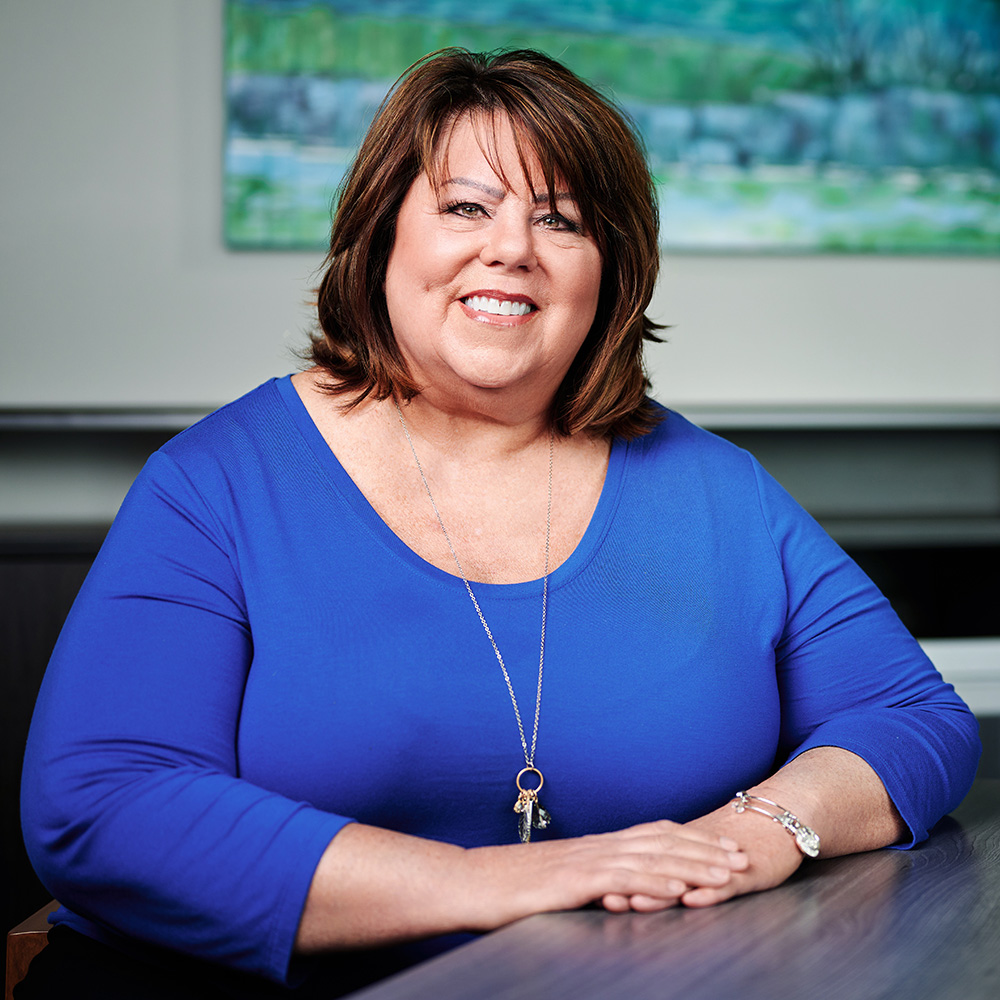“I don’t want to invest in anything risky,” is a comment that most financial planners will hear from a client at some point in their careers. If we took a poll, most people would say their ideal investment is one that will grow a LOT, in a SHORT period of time, without ANY risk.
Of course, this type of investment doesn’t exist! What many don’t realize, though, is that there are multiple types of risk that an investment could be exposed to, and having less of one type means more of another. Here are a few to be aware of:
Market Risk
When people think of risk, this is the type they’re probably thinking of. Market risk is the drop in value caused by external factors. Some examples include political, economic, or social conditions, which then trigger market events. It can be uncomfortable to watch the value of an investment fluctuate due to unpredictable (often uncontrollable) conditions.
Inflation Risk
Inflation has been all over the news in recent years, but how does it relate to risk? Due to inflation, a dollar spent today will not buy as much as a dollar next year because purchasing power is eroded. With just 3% inflation over 10 years, it would cost $1,349 to buy an item that cost $1,000 a decade before. This type of risk manifests deeper the farther you get into retirement, so it’s important to make sure your long-term assets keep pace with inflation, otherwise you’ll find yourself with less spending power.
Longevity Risk
Simply put, this is the risk of a retiree outliving his/her retirement assets. As average life expectancy increases, so does longevity risk. If one assumes their portfolio needs to last for 20 years (from age 65–85), and spends it accordingly, they might wake up on their 86th birthday wishing they’d planned for a longer time horizon.
Concentration Risk
Like the concept of putting all your eggs in one basket, overconfidence in a particular asset or sector might result in putting too much into that single holding or category. When a sizable percentage of your portfolio is made up of a single security, you are more vulnerable during market fluctuations, both up and down. To combat this type of volatility and better spread risk, we recommend diversification across multiple asset classes.
Sequence Risk
The timing of your portfolio returns, and when you take withdrawals, really matters. Experiencing a market drop in the early years of retirement could cause big problems down the road. Not only do you have to sell assets from your portfolio as it is losing value, but you’ve also got fewer assets remaining to generate growth and returns during future potential recoveries. In contrast, if a decline occurs later in your retirement, you may not need your portfolio to last as many years or to continue growing.
The tricky thing about risk is, when one type is addressed, the others may take a larger role. When we put together a financial plan for our clients, we strive to take all these risks (and more!) into consideration, balancing with individual client risk tolerances and preferences.
If you have questions about how risk might affect your own portfolio, please reach out to your financial planner.






























0 Comments